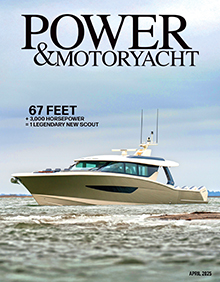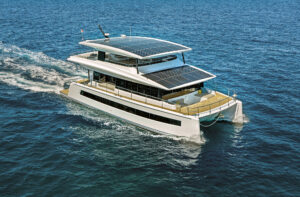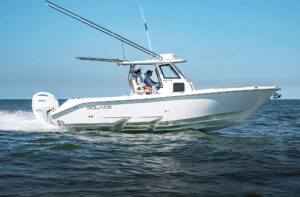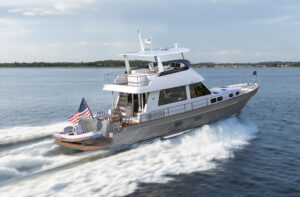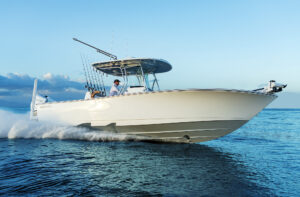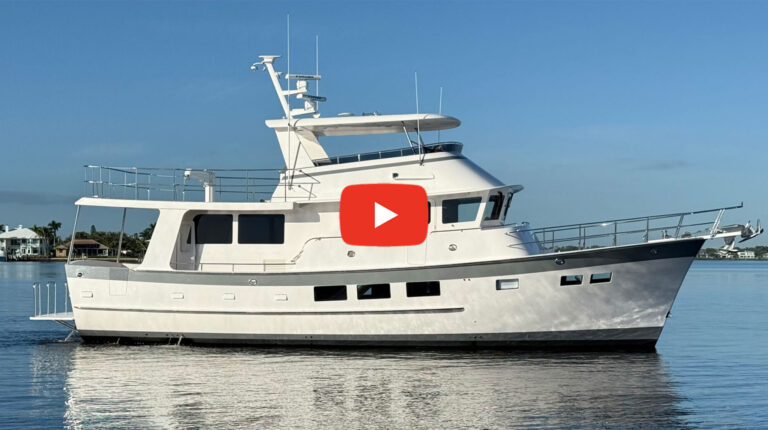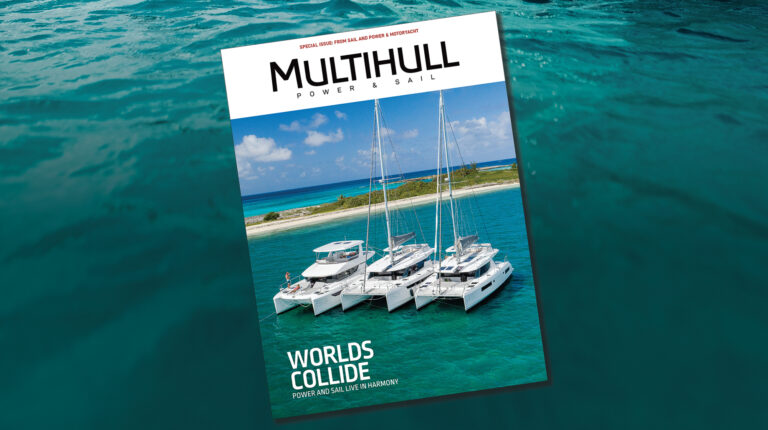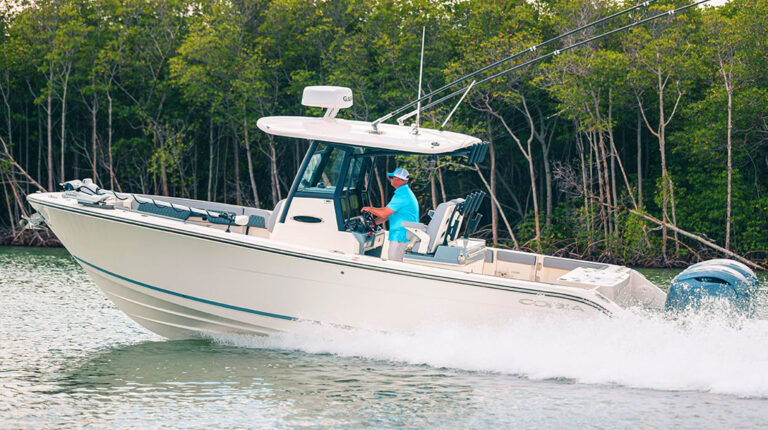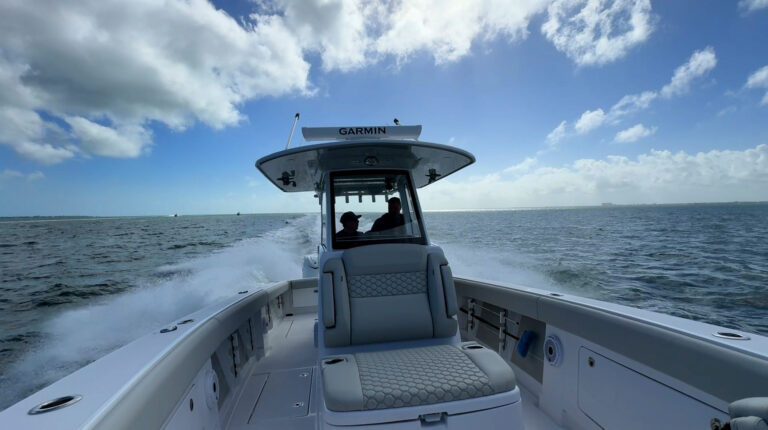
Perfecting Your Props
What to do when you think your boat lacks perfect pitch.
Back in the ’90s I was hired by some Australians to test a convertible they’d introduced to the United States. Now Aussies are talented boat designers and builders, but they’re also brash, brazen, and full of braggadocio. These guys had not only run a series of ads claiming their boat would be faster than any American competitor, they’d promised a specific speed—35 knots as I recall.
I was on the job because the boat had fallen well short of that target, and the principals wanted to find the reason and fix it before word of the disparity got around. Attention focused first on the engines, and when they got a clean bill of health, the props followed. I spent two days running up and down Lake Worth, measuring fuel consumption, calculating engine load, hauling the boat, changing the props, and dancing the whole polka over and over again. Alas, the biggest difference we ever saw was about a half knot, nowhere near enough to salvage their reputation. In the end the Aussies folded up their tent, went home, and disappeared.

A technician fairs a propeller at Bradford Marine in Ft. Lauderdale.
From that experience I learned the value not only of humility but of a little obfuscation when forecasting boat performance. I also learned that finding the right propeller is as much art as science and that, barring egregious errors, changes in performance due to prop changes tend to be small. Very small. So when people tell me they think their boat has the wrong props, I’m skeptical. After all, absent damage, pitch and diameter don’t change, so if disappointing performance is the complaint, I suggest looking for some less glamorous cause like a dirty hull bottom or ailing engines.
Still, boaters who purchase a new boat or make changes to an existing one (like adding more gear) often wonder whether it could benefit from different props. Fortunately it is possible to get a pretty good answer to that question without draining the nearest ATM. And the specifics of how you do it depends on what kind of engines your boat has.
Having the right propeller is about properly loading the engines. You want them to turn up as close as possible to the rpm where they make maximum horsepower but not exceed it. One major difference between gasoline and diesel engines is that diesels are governed. That means they have mechanical or electronic controls that prevent them from exceeding a specific rpm—usually the point of maximum output. Gasoline engines are not governed. Older engines will rev pretty much until their mechanicals begin to fail, while newer ones have electronics that include a rev limiter, which interrupts ignition when the engine hits an unsafe speed, usually well above the point of maximum horsepower.
If you have a boat powered by gasoline engines and want to determine if you have the right props, firewall the throttles and watch your tachometers—they should eventually get to within a hundred or so rpm of the engines’ rated rpm. (You can find this piece of data in your owner’s manual. Look for something in this format: 375 horsepower @ 4800 rpm.) “Eventually” is the operative word. Your engines may need time to rev up, especially if they’re pushing a big, heavy cruiser. If they fall significantly short of the rated rpm, your boat needs less prop—either less pitch or less cup. If they exceed rated rpm, your boat needs more.
Fortunately, you won’t need to purchase an assortment of props. Take your test data to any good prop shop, and they should be able to tell you what you will need. Often it’s just adding a bit of cup to the blades of your existing props rather than a new set of wheels.
Since diesels are governed at or near their rated rpm, your tachs can’t tell you if the engines are fully loaded. Back when I tested the Aussie boat, diesels were mechanically governed, and you had to infer engine loading from fuel-burn numbers. If diesels were burning too little fuel, they weren’t making rated horsepower and probably weren’t fully loaded and needed more prop. If they burned the right amount but failed to reach maximum rpm, they were probably overloaded and needed less prop. Yes, it was essentially a guessing game.
For modern boaters, technology has come to the rescue in the form of electronics. An algorithm in the engine-management software automatically calculates load at any rpm, so determining engine load is often as simple as scrolling through some display options. If your engines hit 100 percent at wide-open throttle, or close to it, your props are fine.
Some electronic diesels don’t display this information, but the data’s still there. You’ll just need a service tool or reader to plug into the engine-management computer. Rent one from your engine distributor or hire a tech to come out and take the reading.
Either way, remember those Aussies: Don’t brag about how fast your boat will go until you have the test numbers safely in hand.
This article originally appeared in the July 2013 issue of Power & Motoryacht magazine.

